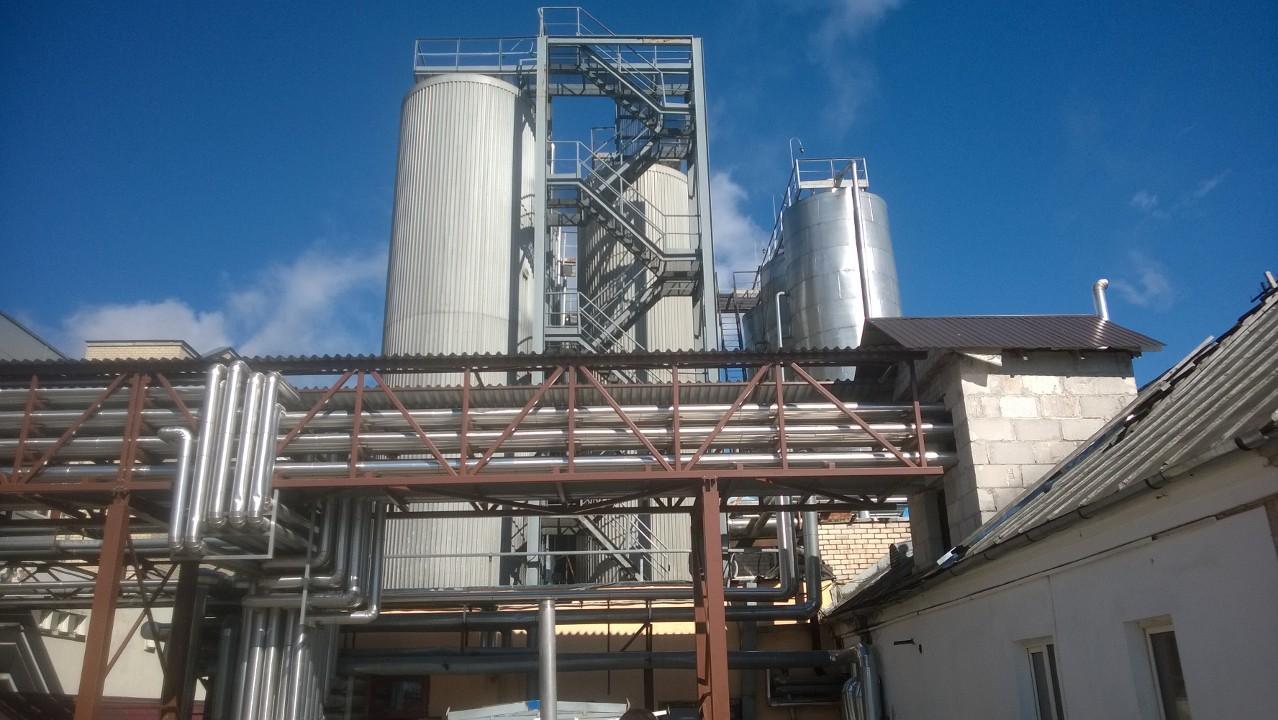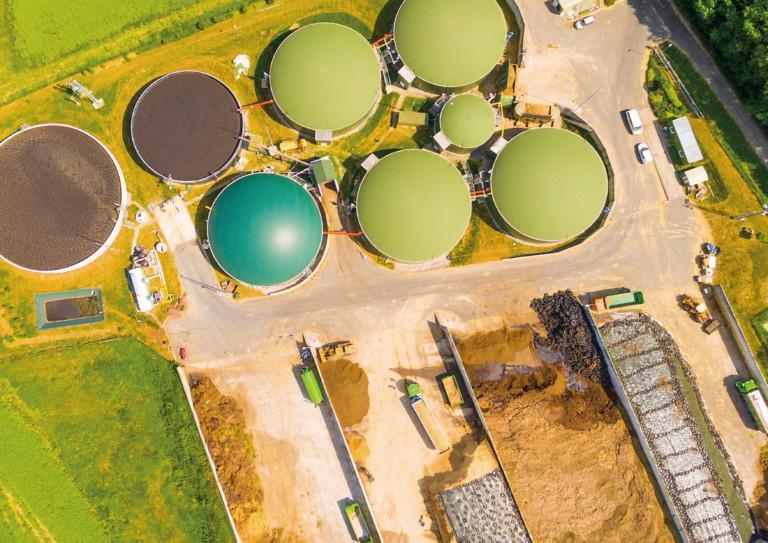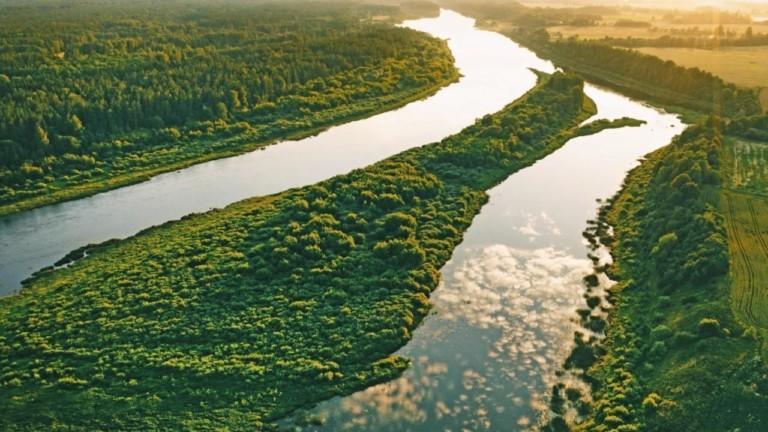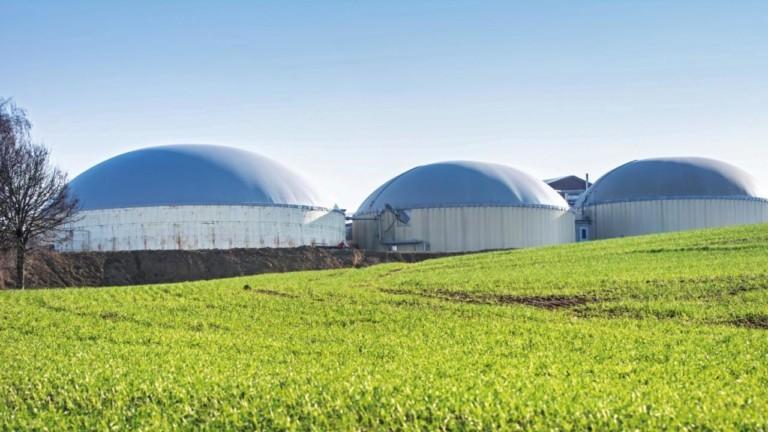Sewage sludge needs to be disposed of and is a potential feedstock for biogas production. Along the principles of a circular economy – continuous cycling of materials, energy from renewable resources and think in systems – the project Sustainable Biogas aims at identifying sustainable end uses for sewage sludge -based biomasses, and at promoting the safe use of nutrient-rich digestates from biogas production as recycled fertilisers. Towards these ends, the feasibility of various end-use options for sewage sludge -based digestates is discussed and elaborated in Finland and Latvia.
The initial findings of already completed activities (i.e. analyses of current management and regulation regimes and stakeholder views) as well as work in progress are described below.
Step 1: Current situation of sewage sludge management
In Finland, almost 80 % of sewage sludge undergoes anaerobic digestion. Additional 16 % is composted only, 6-7 % is treated chemically and 1-2 % is incinerated. About 46 % of all treated sludge is utilised in agriculture and about 40-45 % in landscaping particularly in the vicinity of big cities. The share of covering of landfills is 4-7 %. The utilisation of an additional 2-3 % is not known (Finnish Water Utilities Association 2021).
In Latvia, anaerobic digestion plays a much smaller role and composting is envisioned as the main treatment method for sewage sludge. The main uses of sewage sludge in 2018 were temporary storage (45 %), composting (37 %) and agriculture (18 %). Less than 0.3 % was landfilled and there was no sludge incineration (Eurostat 2021).
In both countries, utilisation of sludge requires processing such as biological, chemical, or heat treatment or long-term storage. With regard to fertiliser product quality, both countries have limit values for heavy metals, hygiene and impurities, and digestate quality conforms to the set limit values. Neither country has introduced limit values for organic pollutants.
In Finland and Latvia, there are stricter requirements for organic fertiliser / soil improver use in agriculture than in green areas and landscaping.
Due to a larger population (5.5 vs. 1.9 million inhabitants), sludge production is higher in Finland than in Latvia. The annual production amounts to 135,000 t dry matter in Finland and to >25,000 t in Latvia. Per capita sludge production estimates in Finland and Latvia are 22,7 kg and >13,2 kg respectively. The sludge production per inhabitant per year is influenced by the percentage of population covered by wastewater treatment plants and the definition of dry matter.
More information on the current situation of sewage sludge management and regulation of the quality and use of sludge and sludge-based products can be found via these links (Finland and Latvia).
Step 2: Stakeholder views on sewage sludge management
Stakeholder views on sewage sludge and sewage sludge -based digestate management were collected via interviews and an electronic questionnaire.
In both countries, the stakeholders generally have a positive attitude towards the idea of sludge/digestate utilisation, with some actors having more critical points of view. These are related to the quality and safety issues of sewage sludge/digestate based products: in Finland to harmful substances, and in Latvia more specifically to heavy metals.
In Finland and Latvia, there are opinions that the stakeholders do not have sufficient information about sludge/digestate to make informed decisions about its utilisation. In particular, the aspect of organic matter recycling is felt to be poorly understood among stakeholders.
In both countries, sludge/digestate use in agriculture and landscaping are seen as realistic options in the short run. In the future, some stakeholders envision thermal treatment technologies and material recycling e.g. in the building industry. Updating of legislation is mentioned as a steering mechanism enabling and improving the utilisation of sludge/digestate, and current ongoing processes are seen as crucial in defining the future development of sewage sludge and digestate utilisation. These include a sludge strategy in Latvia and an update of fertiliser product regulation in Finland.
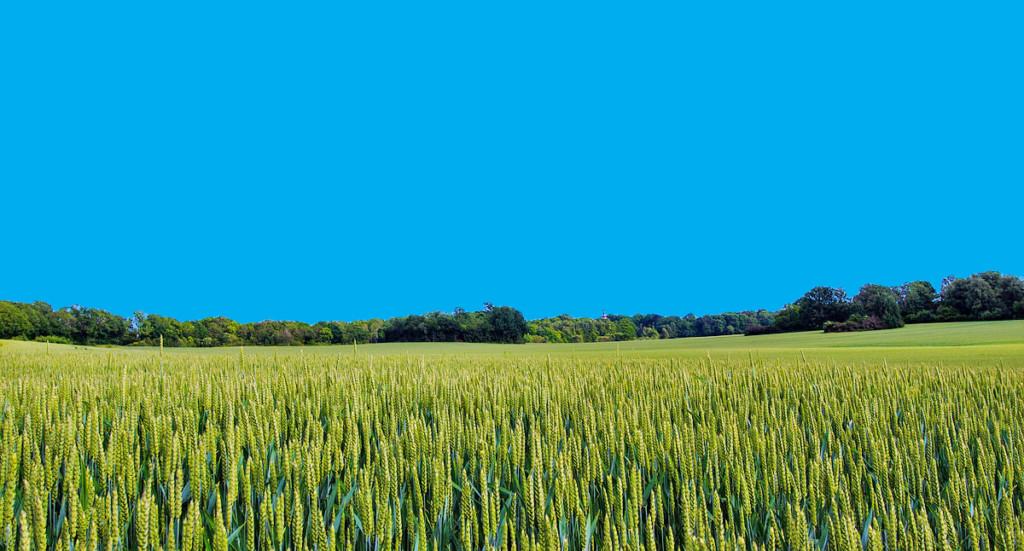
The main differences in stakeholder opinions between the countries are related to
- Image: Sludge/digestate utilisation in agriculture has been more heavily questioned (e.g. by food producing companies) in Finland than in Latvia.
- Trust in authorities and decision-makers: The Latvian stakeholders are more critical in their views. This can be explained by the fact that various institutions are responsible for the policies related to soil management, control, fertilizers, environmental protection, and food safety, and the level of understanding of the problem varies in different organisations. Therefore it is also challenging to improve the legislation, introduce new regulation and provide information to the involved parties.
- Speed of change: In Latvia, more rapid changes in the sector are expected than in Finland. This may be linked to the current work of creating the sludge strategy and an action plan for Latvia.
See additional info on stakeholder views in Finland and in Latvia.
Work in progress
Ongoing project activities focus e.g. on studying the feasibility of alternative usage and disposal options for sewage sludge -based digestates in Finland. The feasibility study will be performed by a team of experts at the Finnish Consulting Group, taking into consideration costs, environmental impacts and risks, circular economy considerations, and stakeholder views of various sludge management options. In Latvia, a closer look is taken at the recently published Latvian sewage sludge strategy with the aim of improving its sustainability by providing comments in a public hearing process.
The final aims is, based on the feasibility and strategy analyses and a stakeholder dialogue, to identify sustainable and realistic solutions for sewage sludge and sewage sludge -based digestates, and to provide proposals for legislative, economic and informational policy instruments as well as improved operational practices of the biogas sector needed for realising the solutions.

